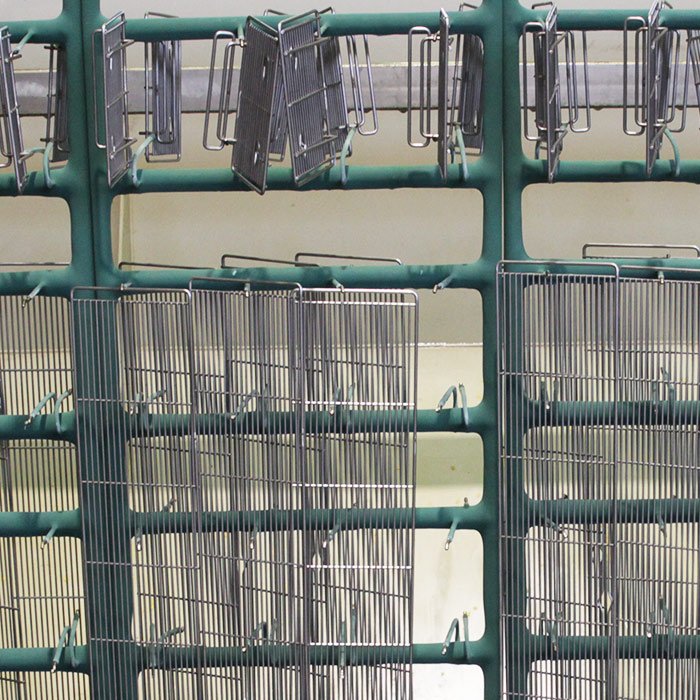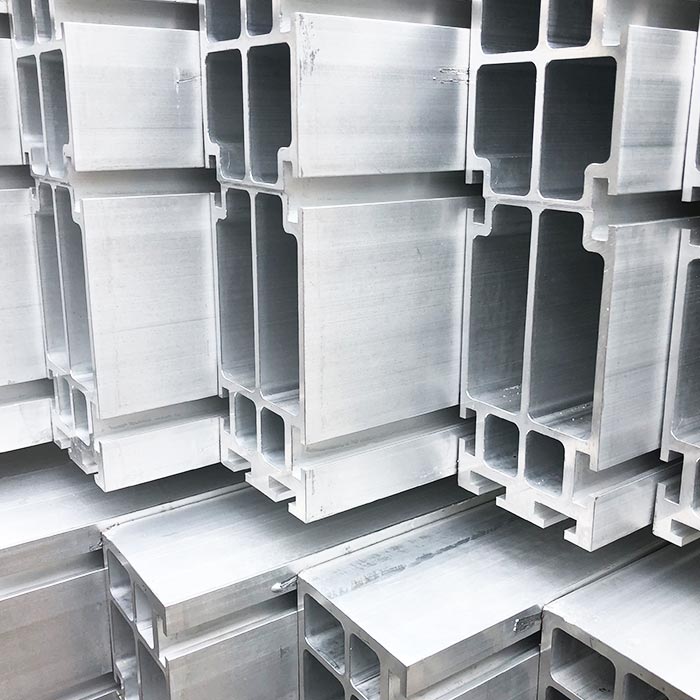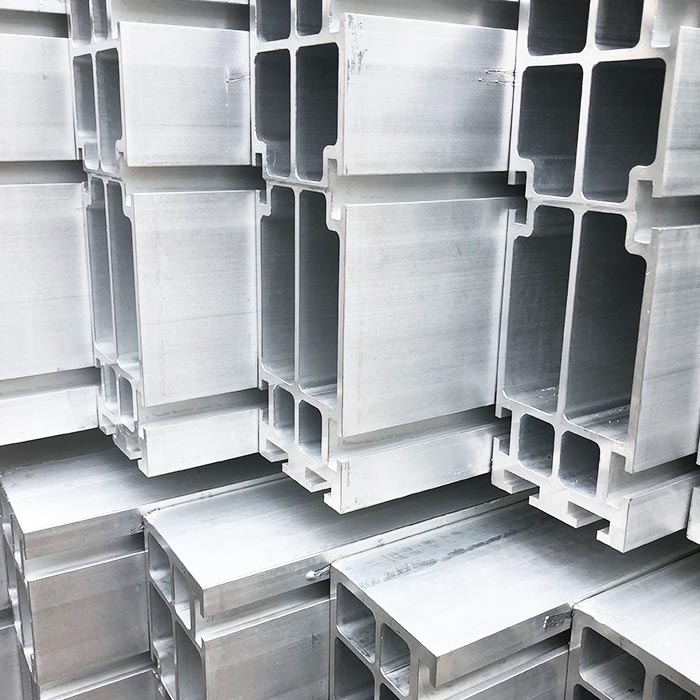Aluminium pickling, make it suitable for atmospheric agents and treatments such as passivation and anodization
Bama technology and treatments
Aluminium pickling is one of the treatments that Bama carries out on its production site.
Thanks to the qualified personnel and to the use of advanced technologies, through the aluminium pickling it is possible to eliminate uneven working residues or oxides on the surface of the aluminium alloy product.

The three techniques available
The first is the spraying technique, through the use of special guns that spray acidic or basic solutions on the surface allowing an effective and fast action that can cover the entire surface in a few minutes.
This manual technique is very useful to reach all the hidden points of the object, especially if it has a particular shape.
Finally, the immersion technique remains the most widely used: special tanks specially designed to resist the action of acids welcome the material, making the substances do their job and return the object completely pickled.
This method also allows the contact with potentially dangerous substances to be limited to a minimum.


Even the aluminium pickling, like that of stainless steel, is therefore aimed at making the material suitable for subsequent treatments such as passivation or anodizing.
Aluminium pickling is not only useful to prepare the surface, but also to remove all residues of oxides, splinters, rust or other, formed during the previous stages of the manufacturing process.
The tools used for pickling are, also in this case, three.

The only difference between aluminium pickling and stainless steel is the intrinsic characteristics of the material.
Aluminium is in fact an amphoteric: this means that it can have both acid and basic properties.
Consequently, the aluminium pickling treatment can be carried out in both environments and the choice of suitable substances will be wider.
The result is, however, a surface without imperfections and with all the characteristics of aluminium.
Bama
product
A pickling agent is a substance that is used during the pickling process, the purpose of which is to remove residual oxides from the surface of an object.
A deoxidant is a substance that has a special deep cleaning action, specific for residual oxides.
